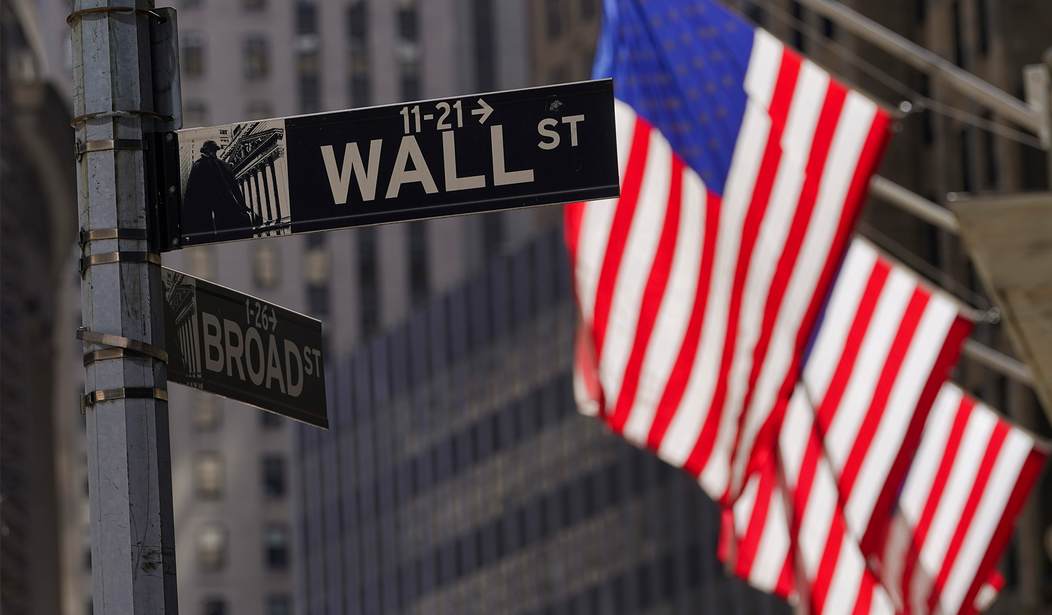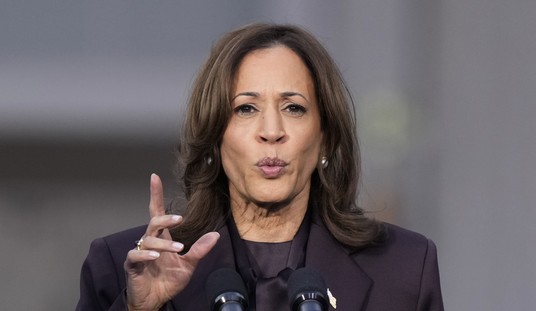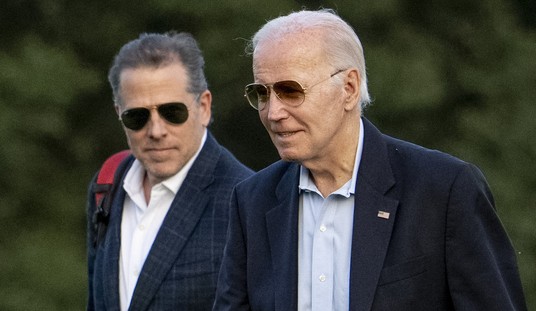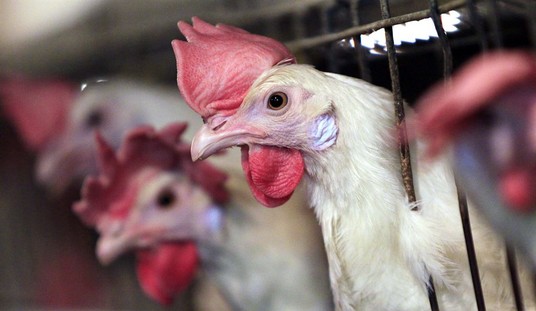A much hotter-than-expected jobs market saw 253,000 jobs created in April – much higher than the expected 180,000 economists were predicting heading into this morning’s report from the Bureau of Labor Statistics.
As a result, the unemployment rate has dipped to 3.4 percent, down from 3.5 percent in March.
More from the Wall Street Journal:
Employers added an average of 345,000 jobs a month in January through March this year, a historically strong gain but down from about 400,000 a month in 2022. Weekly jobless claims, a proxy for layoffs, have climbed this year, and job openings fell to a two-year low in March.
“The job market is still solid, it is still tight, but it’s not growing as rapidly as it was,” said David Berson, chief U.S. economist at Cumberland Advisors.
Slowing Economic Growth
The Federal Reserve Board has been taking several actions to slow the economy down as part of its efforts to counter the hot inflation that has plagued the economy (and consumers).
As the Wall Street Journal points out, there are signs that this is working.
Other indicators point to slowing economic growth. U.S. gross domestic product rose at an inflation- and seasonally-adjusted 1.1% annual rate from January to March, compared with 2.6% growth in the fourth quarter. Businesses cut back on investments, while the housing market remained weak.
Demand for metal parts has slowed over the past 18 months at Birmingham, Ala., manufacturer DSW Cutting, President Chris McIlvaine said. DSW makes parts used in tractors, lawn mowers and electrical hardware.
Weaker sales and production volumes mean less need for workers. The 75-person company is looking to hire four employees, fewer than it sought to hire in 2021 when business was booming.
Earlier this week, the Fed announced its tenth consecutive rate hike in its efforts to fight inflation. This came despite another bank failure when feds seized First Republic Bank and sold its assets to JPMorgan/Chase. It led to more debates inside and outside of the Fed over whether or not to continue raising the interest rate.
From WSJ:
Officials considered skipping a rate increase in March after the failures of two regional lenders, Silicon Valley Bank and Signature Bank, raised worries about a bank-funding crisis. But they concluded that the stresses had calmed enough on the eve of their March 22 decision to move ahead with an increase.
Federal regulators recently seized another regional lender, First Republic Bank, orchestrating a sale to JPMorgan Chase. The banking stress could lead to tighter lending conditions for businesses and households that ultimately results in layoffs. Workers, meanwhile, could be more hesitant to search for new jobs.
The Fed is sticking to its goal of getting inflation down to 2 percent, but future rate hikes may be on hold until the banking sector stabilizes a bit more.














Join the conversation as a VIP Member